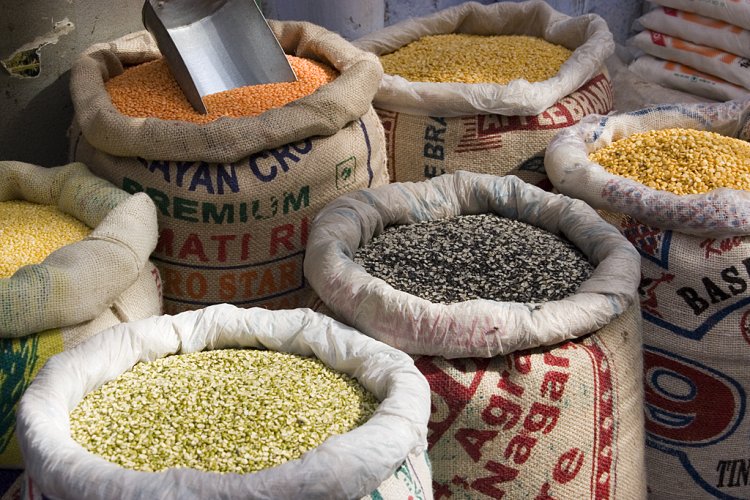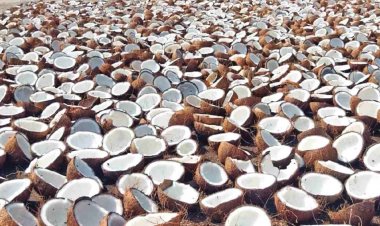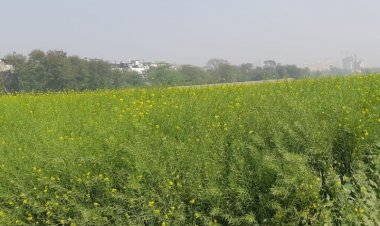To ensure market availability, the Centre has directed state governments to step up vigilance on pulses stock, especially imported yellow peas, and enforce weekly stock disclosure on stockholding entities effective April 15.
The measure taken by the Consumer Affairs Ministry comes amid reports that certain varieties of imported pulses were not reaching the market, according to an official statement.
Consumer Affairs Secretary Nidhi Khare said pulses stocks in warehouses located in major ports and in industry hubs should be verified from time to time and "strict action should be taken on stockholding entities found to be reporting false information on stock disclosure portal".
At a virtual meeting with importers, customs and state officials and other stakeholders in the pulses industry, Khare told states and UTs that there is a need to step up vigilance over the stock position and price trends in respect of pulses to prevent hoarding and market manipulation.
Apart from the five major pulses -- tur, urad, chana, masur and moong -- the state governments have been directed to monitor the stock position of imported yellow peas. The government has allowed the import of yellow peas from December 8, 2023, till June 30, 2024, to augment the overall availability of pulses.
Khare stressed the need to ensure that imported yellow peas are continuously released in the market. Similarly, stocks of tur, urad and masur with importers are to be monitored for smooth and continuous release in the market, the statement added.
Importers and industry players have been asked to religiously declare their stock of pulses, including imported yellow peas on a weekly basis, the secretary said, adding that in this regard, the Department of Consumer Affairs has revamped the stock disclosure portal to include yellow peas and also big chain retailers as an entity.
The step comes against the backdrop of reports that imported tur and yellow peas were lying at customs warehouses and not coming to the market. India is dependent on the import of pulses to meet the domestic shortages. The production of tur and chana is likely to be marginally lower during the 2023-24 crop year (Jul-Jun), as per the agriculture ministry's second advanced foodgrains estimate.




 Join the RuralVoice whatsapp group
Join the RuralVoice whatsapp group








































